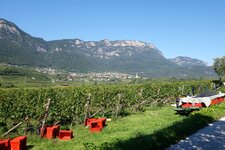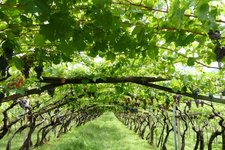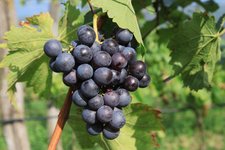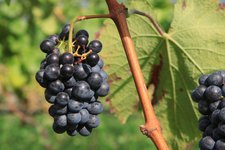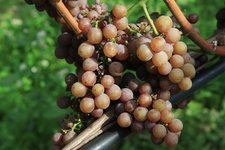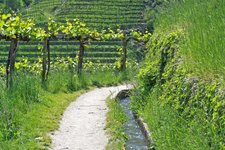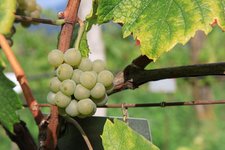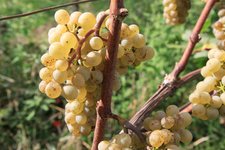On the South Tyrolean Wine Road, you’ll often hear talk about D.O.C. wines and autochthonous grape varieties
Image gallery: Autochthonous and D.O.C.
"Autochthonous" and "D.O.C." refer to the origin and the quality of the single grape varieties and wines. Autochthonous varieties are old-established local grape varieties that originate in a specific wine-growing region, such as the South Tyrolean Wine Road. These include the white variety Gewürztraminer and the dark grapes of Lagrein and Vernatsch. Other grape varieties already refer to the growing region in their name, such as the South Tyrolean Moscato Rosa.
The specific term "autochthonous" is composed of the two ancient Greek terms autós (itself) and chthōn (earth) and is also used in biology for native plants and animals species. But now from the vine to the wine: The wines are labelled with the high-quality indication of origin "Denominazione di origine controllata" in Italy (literally: indication of checked origin) - D. O.C. for short. It is a seal of quality introduced in 1963 and overhauled in 1992, which requires that a wine satisfies a defined quality standard and is produced within a specified geographic region. Local D.O.C. wines include Kalterersee Auslese (Caldaro D.O.C.) and Santa Maddalena (Colli di Bolzano D.O.C.).
Other specified criteria include the permitted grape varieties, harvest yields and minimum ageing. The classification D.O.C. is protected and still valid, even though it was officially replaced in 2009 by D.O.P (Denominazione d'Origine Protetta, literally: indication of protected origin). It was meant as a simplification: This seal of quality can be applied on the whole food segment - in South Tyrol besides on wines also on apples, Stelvio mountain cheese and the local bacon called "Speck".





















